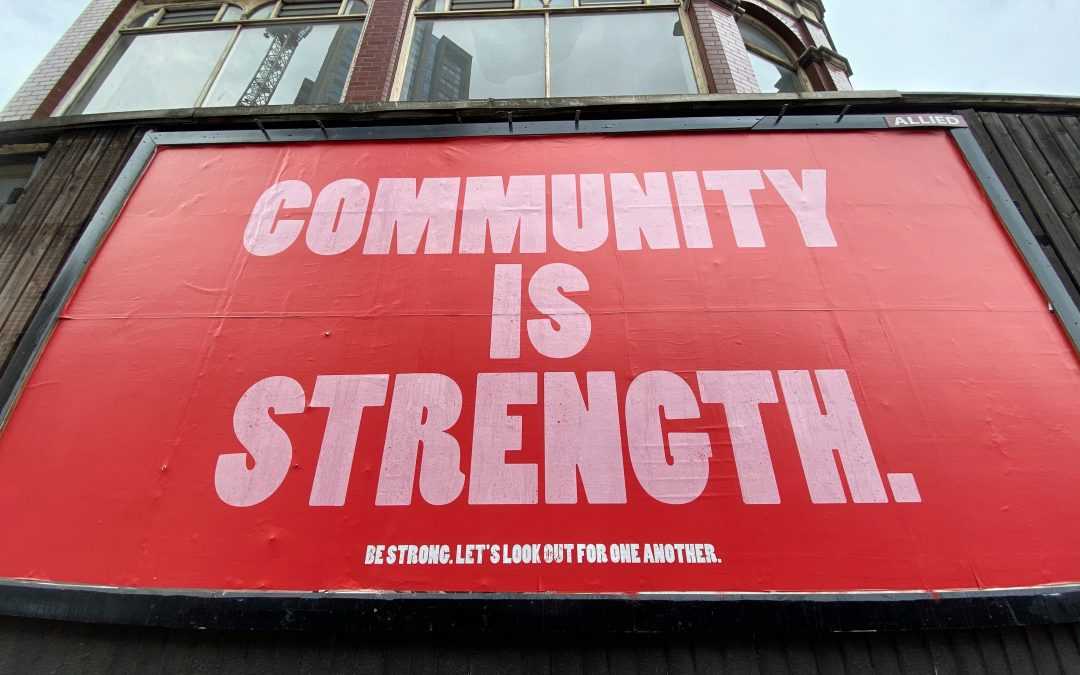“Life-enhancing resources, such as food supply, housing, economic and social relationships, transportation, education, and healthcare, whose distribution across populations effectively determines length and quality of life,” is how the CDC defines Social Determinants of Health (SDoH). SDoH became prominent as a result of work done by the World Health Organization and was a key part of the Affordable Care Act (ACA). As part of this legislation, regulators were looking for non-profit hospitals to bridge the gap between community needs and healthcare access to help improve the overall health of the population. Improving health outcomes for those in need and readmissions are important benchmarks for all health systems and can even impact their reimbursement models.
Under the ACA, non-profit hospitals are required to conduct Community Health Needs Assessments (CHNA) every 3 years. This assessment is designed for hospitals to identify and analyze community health needs and build a plan to address these needs. Many of the needs identified relates to SDoH such as access to healthcare, education, socio-economic standing, employment, neighborhood and physical environment. The CHNA’s plan to address needs is important information that should be shared with your constituents and is a good building block to foster community involvement.
In tying the effects of SDoH on the community to your foundation’s fundraising message, there are a few things that you should consider:
- Focus the message. Oftentimes, foundations highlight specific programs as a way to build interest and involvement. You should frame that message in the context of community health and the improvement of health outcomes for the local population
- Share the message. Our recent consumer survey found that almost 60% of discharged patients were not informed or only somewhat informed about their hospital foundation. Look for different ways to make the entire community aware about the important work that you do for them. For example, share stories of patients who have benefited from your foundation’s good work. Most patients don’t know that your funding goes towards things not covered under private or government insurance.
- Enhance the message. Work with your hospital to spread the good news about reductions in readmissions or other objectives directly tied to the CHNA. Your community wants and needs to know about what is being accomplished so they can donate to be part of that accomplishment.
- Simplify the message. It is easy to get caught up in the finances by asking for a monetary amount, asking for a capital raise or even setting expectations on how much somebody should give. Instead, focus on how many lives have been impacted and how many more you expect to change. Everybody will understand that and donate to contribute to that positive change.
SDoH are important factors that have to be addressed to help level the playing field for healthcare access and health outcome disparity. Work with your hospital and build community goodwill by reinforcing objectives identified in your hospitals Community Health Needs Assessments (CHNA).


Recent Comments